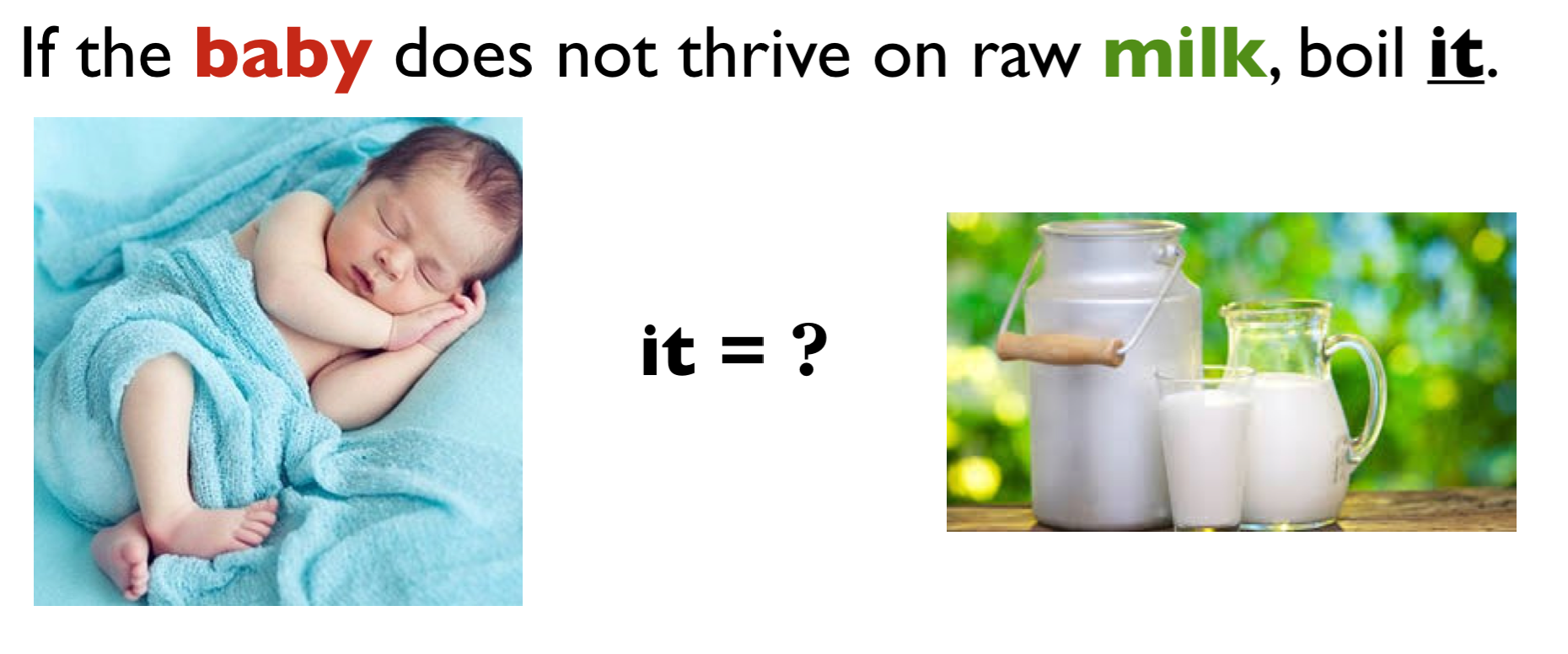CPSC 330 Lecture 17: Natural Language Processing
Recap: Recommender Systems
How the heck did I split the data last time!?
Beyond Error Rate in Recommender Systems
- If a system gives the best RMSE it doesn’t necessarily mean that it’s going to give best recommendations.
- In recommendation systems we do not have ground truth in the sense that there is no notion of “perfect” recommendations.
- Training your model and evaluating it offline is not ideal.
Beyond Error Rate in Recommender Systems
- Other aspects such as simplicity, interpretation, code maintainability are equally (if not more) important than best validation error.
- Winning system of Netflix Challenge was never adopted.
- Big mess of ensembles was not really maintainable
- There are also other considerations:
- diversity
- freshness
- trust
- persistence
iClicker Exercise 17.2
Select all of the following statements which are True (iClicker)
- In content-based filtering we leverage available item features in addition to similarity between users.
- In content-based filtering you represent each user in terms of known features of items.
- In the set up of content-based filtering we discussed, if you have a new movie, you would have problems predicting ratings for that movie.
- In content-based filtering if a user has a number of ratings in the training utility matrix but does not have any ratings in the validation utility matrix then we won’t be able to calculate RMSE for the validation utility matrix.
Introduction to Natural Language Processing
Natural Language Processing (NLP) is a branch of machine learning focused on enabling computers to understand, interpret, and generate human language.
Motivation and Context
- Do large language models, such as ChatGPT, “understand” your questions to some extent and provide useful responses?
- What is required for a machine to “understand” language?
- So far we have been talking about sentence or document representations.
- Today, we’ll go one step back and talk about word representations.
Referential Ambiguity
Let’s start with this picture:

How do we know what the
itis referring to?How do we tell an algorithm that?
Activity: Context and word meaning
Pair up with the person next to you and try to guess the meanings of two made-up words: flibbertigibbet and groak.

Attribution: Thanks to ChatGPT 4o on Wed Nov. 6, 2024!
Demo
